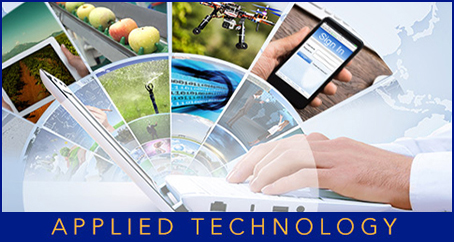Repurposing Equipment
While robots seem to be the future, Athanassiadis says many growers are using technology adapted from other uses and industries. “The iPhone is an example: it enables the use of countless apps to help growers scout their fields, ensure regulatory compliance, and have more efficient operations. Similarly, cloud-based applications enable growers to track operations without having to be at a particular location or office.”
Cascade Farms, Inc. in Lynden, WA uses a John Deere guidance system to direct self-driving tractors on 500 acres of certified seed potatoes. “The GPS technology is getting more and more refined when you’re talking accuracy,” shares Blake TeVelde, manager, at Cascade Farms. “It’s come so far in 10 years,” he notes, in terms of both accuracy and reliability.
TeVelde also appreciates the tracking capabilities. “It drives the tractor down the row and keeps it straight,” he says, adding it also “keeps track of how many seed pieces per acre or per row—to make sure you’re not skipping spaces in the row.” A downside to the GPS system is the need for updates as technology changes; replacing a software subscription for GPS receivers can cost about $1,000 per unit.
Cascade Farms is mulling over another type of technology for its fields—a drone to monitor crops. Though the grower has yet to take the plunge, TeVelde believes a drone could save both time and labor. “It has infrared cameras that can detect diseases, then you can go out and check it by hand,” he says.
One deterrent for purchasing a drone is the fear of obsolescence. “The technology is changing so rapidly,” TeVelde remarks, “even drones a year old are already out of date. There’s [always] new and better stuff out there.”
On the Horizon
As growers strive to become more efficient and less reliant on human labor, experts say it is only a matter of time before robots are as good or better than humans working in the fields. “We don’t have to be perfect; we just have to be better,” says Wishnatzki.
Whether it’s robots or GPS technology, Antle and TeVelde agree they’re constantly trying to find ways to farm better. “All the technology we use is to make us more efficient,” TeVelde confirms. “That’s the name of the game.



